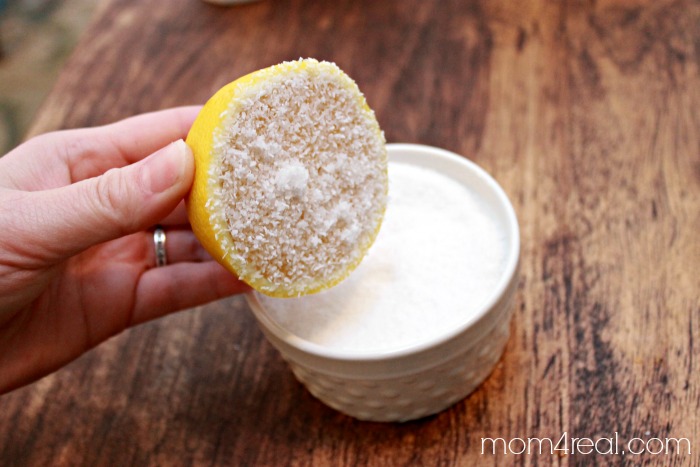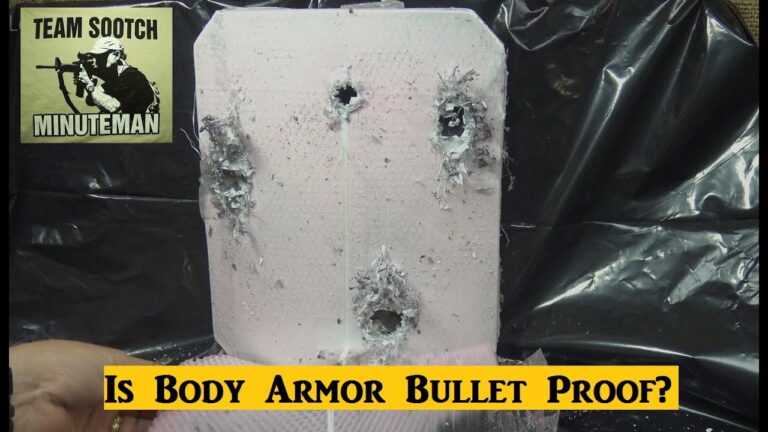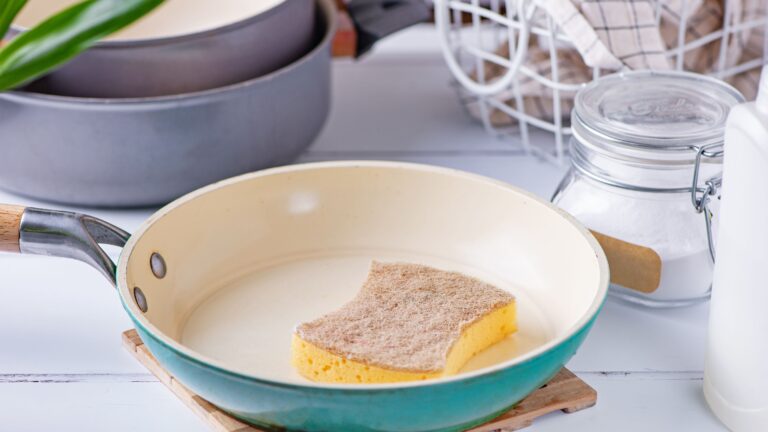How to Remove Rust from Ceramic Sink
If your ceramic sink has started to develop rust spots, don’t despair. Rust can be removed relatively easily with a little elbow grease and the right cleaning supplies. First, identify what type of rust you’re dealing with.
If the rust is superficial and only affecting the surface of the sink, you can probably remove it with a gentle abrasive cleaner. However, if the rust has penetrated through the glaze and is affecting the body of the sink, you’ll need to use a more aggressive cleaner.
- Ceramic sinks are susceptible to rusting, especially if they are not properly maintained
- If you notice rust on your ceramic sink, it is important to remove it as soon as possible to prevent further damage
- There are a few different ways that you can remove rust from a ceramic sink, including using vinegar, lemon juice, or baking soda
- Simply apply the chosen solution to the affected area and scrub away the rust with a sponge or brush
- Rinse well with water when finished
How To Remove Rust Stains From A Porcelain Sink
How Do You Get Rust off a White Porcelain Sink?
If you have a white porcelain sink that is starting to show rust, there are a few things you can do to clean it up. First, try scrubbing the affected area with a soft cloth and some warm, soapy water. If that doesn’t work, you can try using a mild abrasive like baking soda or salt to help loosen the rust.
You can also try using vinegar or lemon juice to help dissolve the rust. If none of these methods work, you may need to sand the area down with fine-grit sandpaper and then repaint it.
Why is My Porcelain Sink Rusting?
If your porcelain sink is rusting, there are a few possible reasons. First, the water in your area may be high in iron content, which can cause rust stains. Second, if you have an older home with galvanized pipes, these pipes can corrode and release rust into your water supply.
Third, certain cleaning products can contain chemicals that react with the porcelain and cause it to rust. fourth, If you live in an area with hard water (water that contains high levels of minerals), this mineral build-up can also cause your sink to rust.
To remove rust stains from a porcelain sink, you’ll need to use a mild abrasive cleaner like Bon Ami or Bar Keepers Friend.
Apply the cleaner to a damp cloth and scrub the stained areas gently. Rinse well and dry with a soft cloth. For stubborn stains, you may need to repeat this process several times.
If you have galvanized pipes in your home, have them replaced by a licensed plumber as soon as possible to prevent further damage to your sink.
How Do I Get Rid of Rust in My Bathroom Sink?
If your bathroom sink is starting to show signs of rust, there are a few things you can do to get rid of it. First, try scrubbing the area with a soft sponge or brush and some mild soap. If that doesn’t work, you can try using a stronger cleaning agent like vinegar or baking soda.
If the rust is still not coming off, you may need to use a metal polish or sandpaper to remove it. Be sure to test any cleaner or abrasive on a small area first to make sure it won’t damage the finish on your sink.
How Do You Get Metal Stains Out of a Ceramic Sink?
If you have a metal stain on your ceramic sink, don’t despair! There are a few simple methods you can use to get rid of the stain.
One way to remove a metal stain is to mix together equal parts vinegar and water.
Apply this mixture to the stained area and let it sit for about 15 minutes. Then, scrub the area with a soft-bristled brush or sponge. Rinse away the cleaning solution and dry the area with a clean towel.
Another method you can try is using baking soda. Make a paste out of baking soda and water and apply it to the metal stain. Let it sit for about 10 minutes before scrubbing it away with a soft-bristled brush or sponge.
Rinse well and dry completely.
If these methods don’t work, you may need to try something stronger, like bleach or CLR (Calcium Lime Rust remover). Be sure to follow the instructions on whatever product you use, as some chemicals can damage ceramic sinks if used improperly.
In most cases, however, these products will remove stubborn metal stains from your sink without any damage.

Credit: www.youtube.com
How to Get Orange Rust Out of Bathtub
If your bathtub is starting to look more orange than white, it’s likely that it has rust stains. Rust can be tricky to remove, but with a little elbow grease and the right products, you can get your tub looking new again.
To start, you’ll need to gather a few supplies: dish soap, baking soda, vinegar, and a scrub brush.
You may also want to wear gloves to protect your hands.
Begin by mixing together equal parts dish soap and baking soda. Apply this mixture to the rust stains using your scrub brush.
Allow it to sit for several minutes before rinsing away with warm water.
If the rust stains are still visible, you can try cleaning them with vinegar. Simply apply full-strength vinegar to the stains and scrub with a brush.
Rinse away when finished.
With a little effort, you should be able to remove all the rust from your bathtub!
Conclusion
If your ceramic sink is starting to show signs of rust, don’t despair! There are a few simple methods you can use to remove the rust and restore your sink to its original condition.
One method is to mix together equal parts baking soda and water to form a paste.
Rub the paste into the affected areas with a soft cloth or sponge, then rinse away with clean water.
Another option is to make a vinegar solution by mixing one part white vinegar with two parts water. Apply the solution to the rust spots with a cloth or brush, let it sit for several minutes, then scrub away and rinse.
For tougher rust stains, you may need to resort to using steel wool or sandpaper. Be sure to use gentle pressure so you don’t damage the surface of your sink. Once the rust is removed, wash away any residue and dry your sink thoroughly.




